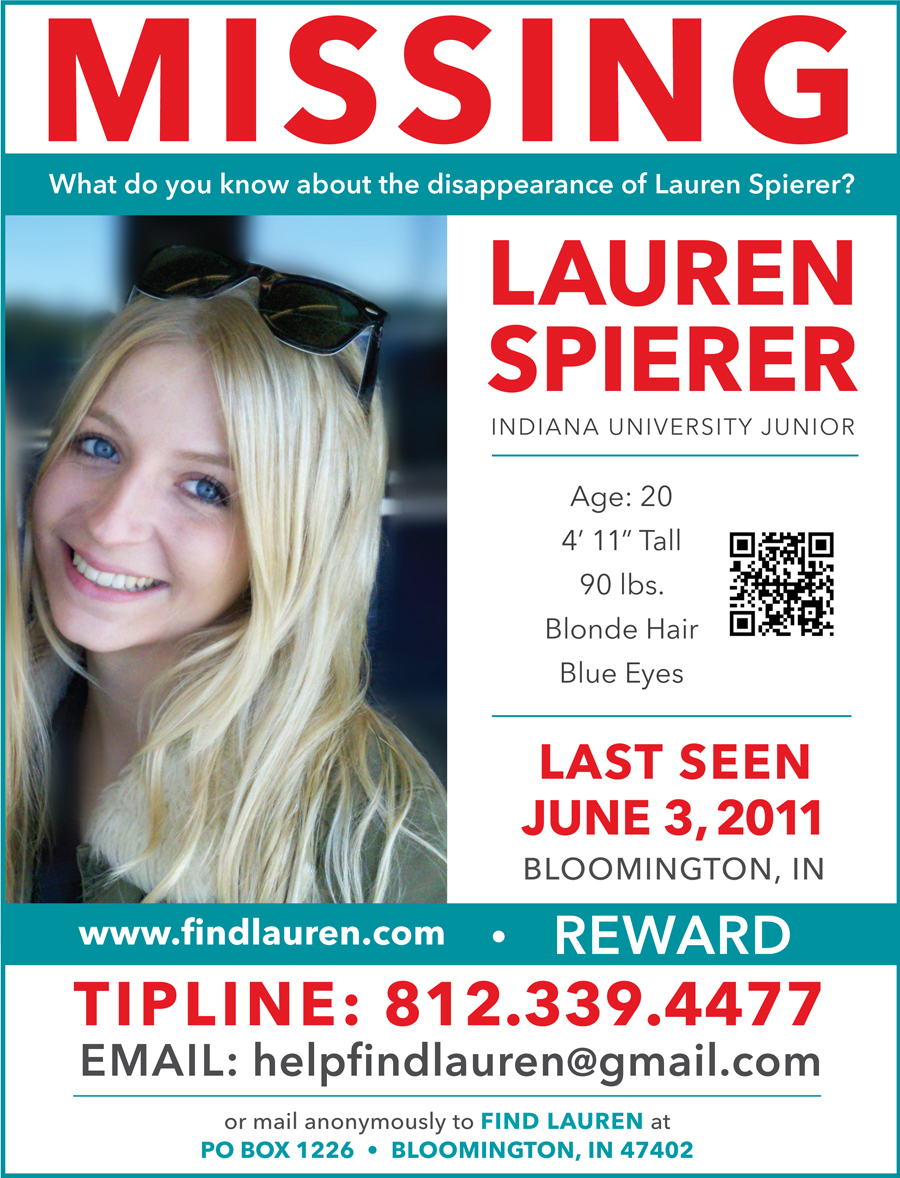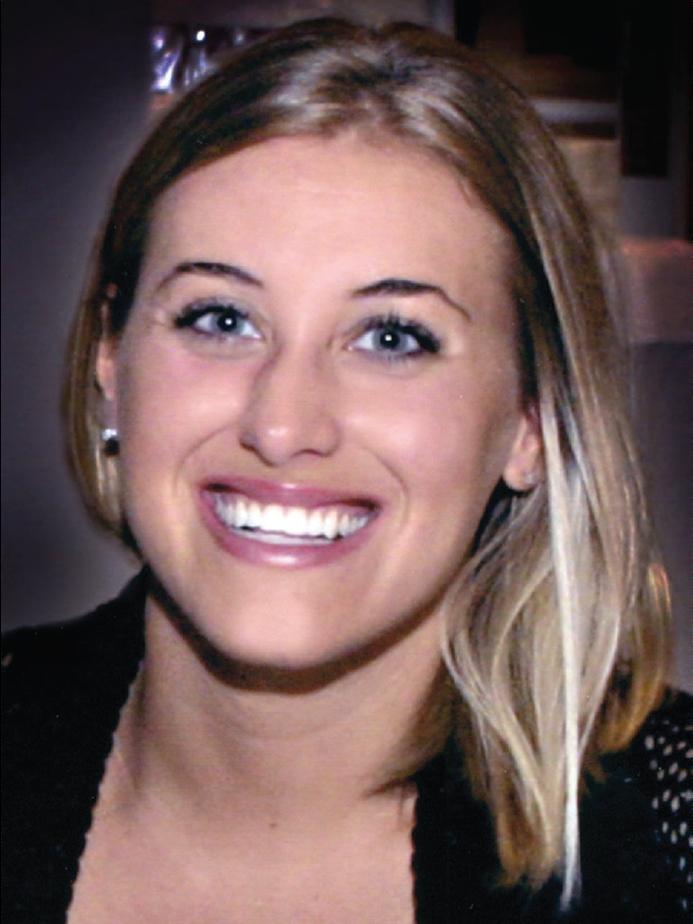Jeff Ashton was aggravated, given the circumstances
 Tuesday, December 29, 2009 at 8:35PM
Tuesday, December 29, 2009 at 8:35PM I don’t imagine it was a very Merry Christmas at Camp Casey last week. Every motion heard at the December 11 hearing was turned down, the most important being the one to preclude the death penalty on the 18th. What this meant was that Judge Strickland sided with existing law and cast the onus of Casey’s fate into the hands of a future jury. I knew it had to be this way when he told Andrea Lyon he wasn’t going to reinvent the wheel. She gave a compelling argument, he said, but so did the state in its succinctly terse retort.
December 18 was a most sad day at the Anthony household, too, and rightly so, no matter what each of you feel individually. Casey may be one of present day’s most hated women around the country and in other parts of the “civilized” world, but her parents and brother are still that - family - and it’s all she’s got left. I wonder, if we had the opportunity to question each and every one of her past friends, including Amy Huizenga and Tony Lazzaro, would they cry out for her execution or ask the court to spare her life when and if she’s convicted? We don’t know at all, and none of us has any authority to speak for them. Everyone has their own opinion about what punishment to dole out, but she has yet to have her day in court and not one of her friends has come out publicly and begged to spare her or put her to death.
In order to really study this crime, the impending trial and possible outcome, we must look at everything with a clear conscience, free of prejudice and malice. This is the way the jury will be selected and what we see in released documents will not be what the jury gets their hands on. This, in no way, reflects that the jury will go into the deliberating phase with less knowledge than us. On the contrary, to be truthful. They will see what matters. We saw a needle inside a Gatorade bottle. Shocking! There was a lot of garbage picked up and processed in those woods. We got to see it all, but does that mean Casey was responsible for every single piece of trash we got to rifle through in paper form on the Internet? Of course not, and as we spent weeks arguing over that needle, the state may say it can’t be positively tied to Casey and it’s, therefore, irrelevant to the case. So many of the things we spent countless hours discussing could end up in the landfill of inadmissible evidence and it happens at every trial. I use the needle in the bottle as an example, by the way. Whether it will be admitted is not my point. That every shred of evidence will not be admitted is exactly what I’m saying.
A lot of questions may focus on Andrea Lyon’s role now that she lost this round. Certainly, it’s not the end of the line and one thing we must keep in mind is that there are more motions to be filed and many more legal maneuverings by the defense. Clearly, we must remember that her day will not be done until she fights to the very end to spare Casey from eventual extinction courtesy of the citizens of the state of Florida. That means one major thing: Andrea Lyon will be on hand to represent Casey during the sentencing phase if she is convicted. She will build a mountain of mitigating evidence in order to convince the jury and judge that sparing her client’s life far outweighs her death. The state, on the other hand, will offer a litany of aggravating circumstances to spell her doom. In order to grasp how justice works in a capital case of this nature in my fair state of Florida, let’s take a look at the aggravators in a death penalty case. Where do they apply in Casey’s case?
Abstractly, to be constitutional, any and all aggravating circumstances supporting an imposition of the death penalty must narrow the class of persons who are eligible and at the same time, they must justify the imposition of a sentence of this enormity on individuals convicted of murder. Identifying aggravating circumstances would seem to provide a principled manner in deciding when a death sentence is appropriate. Implicit in the constitutional principle is a requirement that decision makers must have a shared understanding of what constitutes an aggravating circumstance. In Florida’s case, it is both the jury and the judge that play the role of decision maker.
There are fifteen aggravating circumstances set forth in Florida Statute § 921.141(5) and shall be limited to:
¹(a) The capital felony was committed by a person previously convicted of a felony and under sentence of imprisonment or placed on community control or on felony probation.
(b) The defendant was previously convicted of another capital felony or of a felony involving the use or threat of violence to the person.
(c) The defendant knowingly created a great risk of death to many persons.
(d) The capital felony was committed while the defendant was engaged, or was an accomplice, in the commission of, or an attempt to commit, or flight after committing or attempting to commit, any: robbery; sexual battery; aggravated child abuse; abuse of an elderly person or disabled adult resulting in great bodily harm, permanent disability, or permanent disfigurement; arson; burglary; kidnapping; aircraft piracy; or unlawful throwing, placing, or discharging of a destructive device or bomb.
(e) The capital felony was committed for the purpose of avoiding or preventing a lawful arrest or effecting an escape from custody.
(f) The capital felony was committed for pecuniary gain.
(g) The capital felony was committed to disrupt or hinder the lawful exercise of any governmental function or the enforcement of laws.
(h) The capital felony was especially heinous, atrocious, or cruel.
(i) The capital felony was a homicide and was committed in a cold, calculated, and premeditated manner without any pretense of moral or legal justification.
(j) The victim of the capital felony was a law enforcement officer engaged in the performance of his or her official duties.
(k) The victim of the capital felony was an elected or appointed public official engaged in the performance of his or her official duties if the motive for the capital felony was related, in whole or in part, to the victim’s official capacity.
(l) The victim of the capital felony was a person less than 12 years of age.
(m) The victim of the capital felony was particularly vulnerable due to advanced age or disability, or because the defendant stood in a position of familial or custodial authority over the victim.
(n) The capital felony was committed by a criminal gang member, as defined in s. 874.03.
(o) The capital felony was committed by a person designated as a sexual predator pursuant to s.775.21or a person previously designated as a sexual predator who had the sexual predator designation removed.
Let’s begin by backtracking, starting with the aggravating circumstances that do apply in Casey’s case.
(m) The victim of the capital felony was particularly vulnerable due to advanced age or disability, or because the defendant stood in a position of familial or custodial authority over the victim.
Certainly, as Caylee’s own flesh and blood mother, Casey stood in a position of familial and custodial authority over her. Who was her protector? Who nourished her and clothed her? Who gave her life?
(l) The victim of the capital felony was a person less than 12 years of age.
Caylee was not quite 3 when she died. The defense might argue that the date of her death cannot be substantiated, but it doesn’t matter. The child was under 12 years of age. No further discussion.
(i) The capital felony was a homicide and was committed in a cold, calculated, and premeditated manner without any pretense of moral or legal justification.
This is the meat and potatoes of the aggravating circumstances as far as I’m concerned. Dr. Jan Garavaglia, the chief medical examiner for Orange and Osceola counties, determined the death was a homicide. The cause is unknown, but evidence convinced her that Caylee was murdered. In my opinion, every murder is committed without any pretense of moral or legal justification. Murder is just that. Courts can argue over mercy killings, aiding a suicide and manslaughter - the unlawful killing of a human being without malice or premeditation, either express or implied - but to kill someone is just plain wrong and most of us understand why. In this particular case, the cold and calculated part stems from the duct tape wrapped over the decedent’s mouth and nasal passages. It includes the fact that the layers of tape were purposely pressed into her hair. This shows the tape was never intended to be removed and it was placed there to either stop the breathing or to keep fluid from escaping post death; another matter for the court to decide. I’m sure the state has much more evidence we are not privy to at this time, but if this alone does not prove to be cold and calculated, I don’t know what will.
Let’s take a look at the definition of premeditation according to the ‘Lectric Law Library:
PREMEDITATION - With planning or deliberation. The amount of time needed for premeditation regarding an act depends on the person and the circumstances. It must be long enough, after forming the intent to act, for the person to have been fully conscious of the intent and to have considered the act.
A design formed to commit a crime or to do some other thing before it is done.
Premeditation differs essentially from will, which constitutes the crime, because it supposes besides an actual will, a deliberation and a continued persistance which indicate more perversity. The preparation of arms or other instruments required for the execution of the crime, are indications of a premeditation, but are not absolute proof of it, as these preparations may have been intended for other purposes, and then suddenly changed to the performance of the criminal act. Murder by poisoning must of necessity be done with premeditation.
Regardless of what anyone thinks about Casey and her search terms that point to premeditation, all the state has to do is show that she was fully conscious of the intent when she applied that tape. This was no spontaneous act done to spite someone on a moment’s notice. As much as some argue over the date of death and are convinced that Casey dragged Caylee out of her bed on the night of the 15th, it is irrelevant. The state has decided to go with the 16th for whatever reasons it has chosen and none of us are in a position to question those authorities. To do so means the state is not doing a good job. According to theSupreme Court of Florida…
There are two ways in which a person may be convicted of first degree murder. One is known as premeditated murder and the other is known as felony murder.
To prove the crime of First Degree Premeditated Murder, the State must prove the following three elements beyond a reasonable doubt:
1. (Victim) is dead.
2. The death was caused by the criminal act of (defendant).
3. There was a premeditated killing of (victim).
Definitions.
An “act” includes a series of related actions arising from and performed pursuant to a single design or purpose.
“Killing with premeditation” is killing after consciously deciding to do so. The decision must be present in the mind at the time of the killing. The law does not fix the exact period of time that must pass between the formation of the premeditated intent to kill and the killing. The period of time must be long enough to allow reflection by the defendant. The premeditated intent to kill must be formed before the killing.
The question of premeditation is a question of fact to be determined by you from the evidence. It will be sufficient proof of premeditation if the circumstances of the killing and the conduct of the accused convince you beyond a reasonable doubt of the existence of premeditation at the time of the killing.
In my opinion, Casey did include acts in a series of related actions, long before any alleged fight with her mother took place. She was setting up an alibi with her fictitious nanny, and search terms on both the laptop and home computers showed circumstantial premeditation. So did text messages between her and her friends. At the precise moment that roll of duct tape was removed from the shelf, it became a tool. According to the law, her decision was “present in the mind at the time of the killing.” If nothing else, with each strand of duct tape, the intent to kill was there and it was “formed before the killing.” Caylee was alive before the first piece of tape was cut, or so the state is contending and as Jeff Ashton so stated at the last hearing. The state is saying it has sufficient evidence to prove premeditation without the 15th as any sort of motive and the icing on the cake is the conduct of the accused after the killing.
(h) The capital felony was especially heinous, atrocious, or cruel.
There is no doubt that Caylee suffered a horrible death no matter who ultimately was responsible for it. Her final moments, unless she was under the influence ofXanax or chloroform or both, were not happy ones. By the statement alone, and even if the toddler was rendered unconscious prior to death, the act of killing an innocent and defenseless child is especially heinous, atrocious, and cruel under any circumstances. Period.
Finally, we have one that I am going to question. It is forefront in our minds at the moment as Casey’s fraud trial creeps closer and closer to its January 25 date, lest a plea deal be struck beforehand.
¹(a) The capital felony was committed by a person previously convicted of a felony and under sentence of imprisonment or placed on community control or on felony probation.
¹Note.—As amended by s. 1, ch. 96-302. This version is published as the last expression of legislative will (see Journal of the Senate 1996, pp. 1077 and 1128). Paragraph (5)(a) was also amended by s. 5, ch. 96-290, and that version reads:
(a) The capital felony was committed by a person under sentence of imprisonment or placed on community control or on probation.
Here’s the part that intrigues me the most… The capital felony was committed by a person previously convicted of a felony… or The capital felony was committed by a person under sentence of imprisonment… That’s as clear as a bell to me. For all the discussions and arguments over what felony convictions can be brought into the trial, doesn’t that particular statute officially state that Casey would have to have been convicted of a felony before she committed the murder? Does this mean the defense can legally fight to leave the fraud conviction (if she’s convicted) out of the trial or at least the sentencing phase? If so, it means Amy Huizenga’s right to a speedy trial is the only solid reason why the state wants a conviction before the murder trial.
In the end, it shouldn’t really matter, because in order for a defendant to be sentenced to death, the jury must find, beyond a reasonable doubt, the presence of at least one aggravating circumstance that the state has statutorily defined. We can postulate all we want about homicidal characteristics and what constitutes aggravating circumstances, but I found three of them that, in my opinion, apply in Casey’s case. Whether the state can prove any of them remains to be seen, but if Mr. Ashton’s statement at the December 11 hearing is any indication, there’s no doubt Burdick & Co. will sound very confident and convincing come the final days of reckoning.

























 LEGAL NOTICE
©David B. Knechel. All Rights Reserved. No portion of this site can be reproduced in it's entirety or in part without expressed written permission by the owner/administrator of this site in accordance with the Digital Millennium Copyright Act. Section 512(c)(3) of the U.S. Copyright Act, 17 U.S.C. §512(c)(3). The charges against defendants are mere accusations and the subjects are presumed innocent until found guilty in a court of law.
LEGAL NOTICE
©David B. Knechel. All Rights Reserved. No portion of this site can be reproduced in it's entirety or in part without expressed written permission by the owner/administrator of this site in accordance with the Digital Millennium Copyright Act. Section 512(c)(3) of the U.S. Copyright Act, 17 U.S.C. §512(c)(3). The charges against defendants are mere accusations and the subjects are presumed innocent until found guilty in a court of law.
